Peru is the hotspot of COVID-19 currently, with the world’s second-highest per capita rate of new infections per day. In response, the government launched Reactiva Peru, a program providing low-interest loans so private sector companies maintain their employees and operations.
NESsT is currently advising one of its portfolio companies about receiving a loan from the Reactiva Program.
The company sources organic fruit from smallholder farmers in the Andes-Amazon, provides employment to vulnerable women in a processing plant that dehydrates the fruit, and exports the dried fruit to health retail stores in Europe.
As a lender to the company, we have been very involved in assisting the management team to analyze the impact of the loan on its operations. We have worked with them to evaluate cash flows, downside scenarios, and how the loan from the Reactiva Program can provide value to the company’s short-term and long-term growth prospects.
We have taken this active role because our experience demonstrates that business assistance plays a critical role in the growth of small and growing businesses.
In fact, when we launched our impact debt fund in 2018, we also raised grant capital from Citi Foundation and Vitol Foundation for a Business Assistance Facility to assist businesses to become loan ready. The Business Assistance Facility provides advisory services, at no charge, to businesses meeting our fund’s impact criteria, but not quite financially mature for a loan as well as those that we invest in that need additional assistance to meet their goals.
By this summer, the Business Assistance Facility will have provided advisory services to 20 businesses in South America. Our services focus on two main areas: financial management and social impact measurement.
The lack of financial readiness is especially significant. We estimate that 35% of enterprises we evaluate meet our impact criteria (in terms of job creation and impact on low-income communities) but are not sufficiently financially mature. For example, we evaluated an ethical fashion enterprise working with indigenous women knitting alpaca wool. The impact was strong, but the enterprise was unable to produce financial statements.
The lack of clarity around social impact measurement exists because small and growing businesses do not have the resources or know-how to put in place sophisticated impact tracking systems. Our Business Assistance Facility provides a framework, methodology, and standard set of KPIs that businesses can adapt relatively easily (and at almost no cost) to gather quantitative evidence of their impact.
Examples where our advisory services have added value to our investments include:
A company sourcing moss from remote communities in the Andes and exporting the product primarily to Asia. Our advisory services consisted in implementing a new financial management system, selecting an auditor for the enterprise, and reviewing the enterprise’s insurance needs for its crop.
A company employing vulnerable artisan women in rural areas to sell fashion clothes and accessories. Our advisory services consisted in assisting the company to cope with the COVID-19 collapse of the tourism market, restructuring its debt, and developing new financial models.
A bakery business with retail stores in low-income neighborhoods employing residents from the local community. Our advisory services consisted in identifying collateral for the enterprise to raise new financing, reviewing the location of new stores to expand the network of bakeries to new neighborhoods, and evaluating the environmental sustainability of operations (e.g., recycling).
In Colombia, we recently asked a company why it wanted to work with us when it could access financing from mainstream banks. The answer: while the company already has several bank loans, it does not have the ability to produce professional financial reports, and it lacks the expertise to develop an export strategy.





